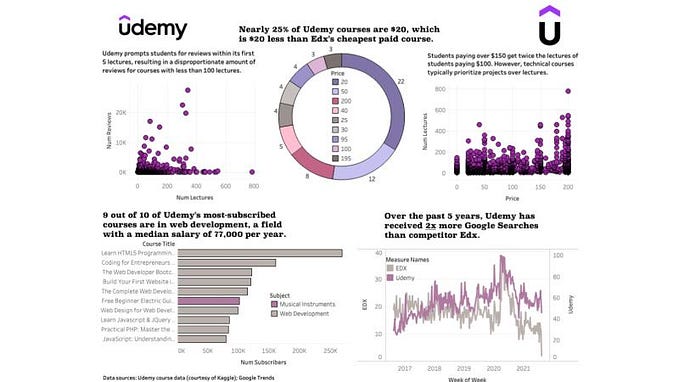Member-only story
Kano Model Analysis in Product Design
With the E-Commerce Practice
Here’s the situation, we are going to develop a new product. After the kick-off, we execute plenty of user researches, such as observation, context inquiry, field study, and so on. We designers have dozens of inspirations and insights want to include in this exciting product. However, it’s IMPOSSIBLE. How do we compromise? How do we ensure that we are on the right track? The Kano Model Analysis is the solution.
The Kano model is developed by Professor Noriaki Kano, an expert in customer satisfaction and quality management, in the 1980s. It predicts customer preferences into 5 categories. And now in user experience, it helps us to tackle the hard design decisions. Especially for the product development, it help designers and stakeholders to focus on the right priorities based on customer satisfaction.
The X axis means the bang for the buck, the human and time resource the organization invests. The Y axis represents the satisfaction of the customer. Are they delighted or frustrated by the new function?

Let’s talk more about the 5 categories in Kano Model.
Must-be Quality
The requirements that the customers expect to have and are taken for granted. When implemented, the customers are just neutral to the function. However, when failed to implement, the customers are very dissatisfied and frustrated. Take My Account as example, the customers view this function as must-be.

One-dimensional Quality
The requirements that the customers satisfy when fulfilled and dissatisfy when not fulfilled. For example, Sorting for the search results. The customer would like to sort the search results by price, new arrival, most reviews, etc.. If they were able to sort as they expected, they were delighted.












